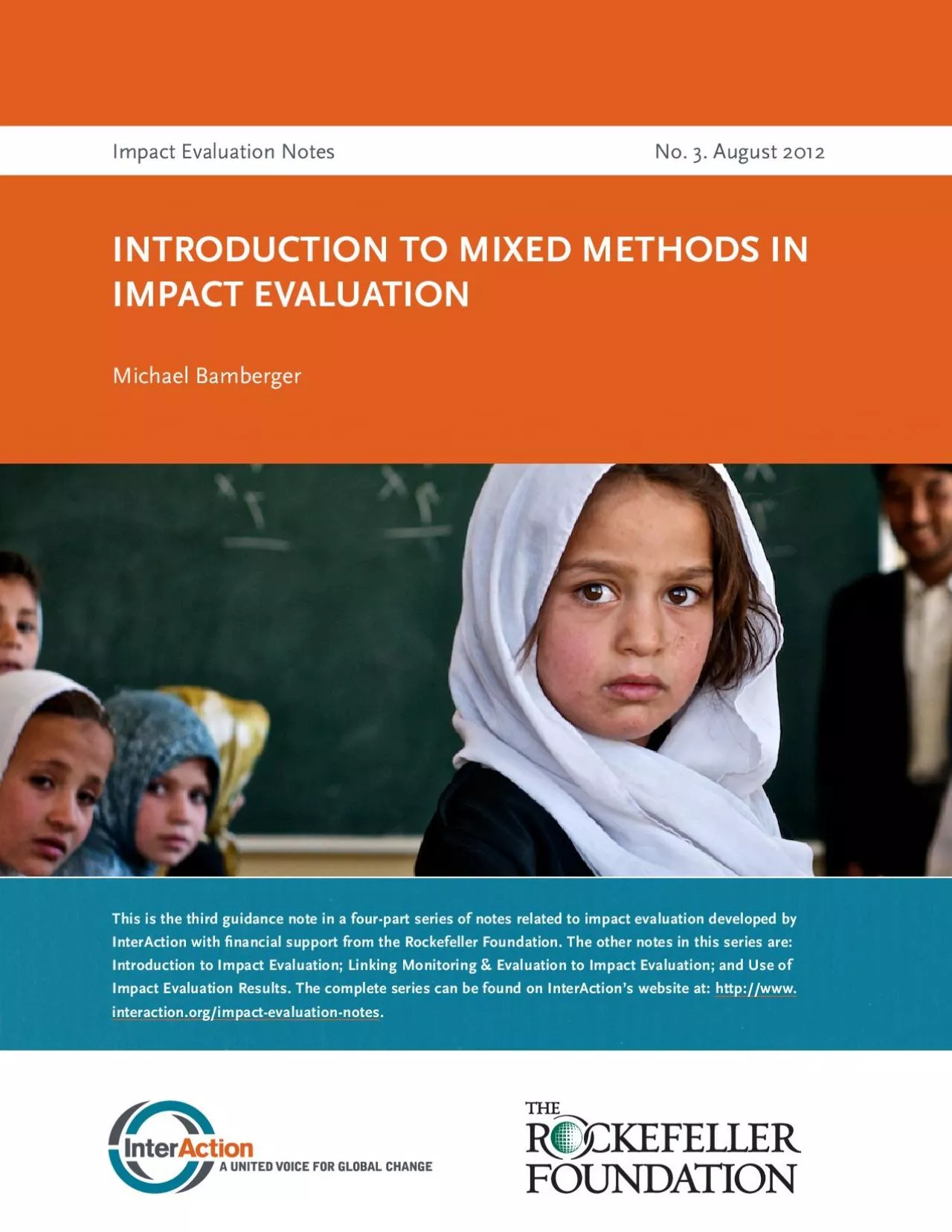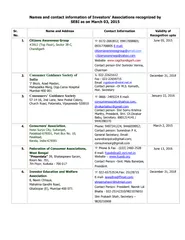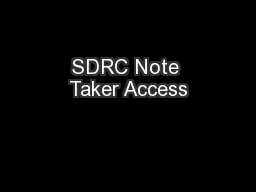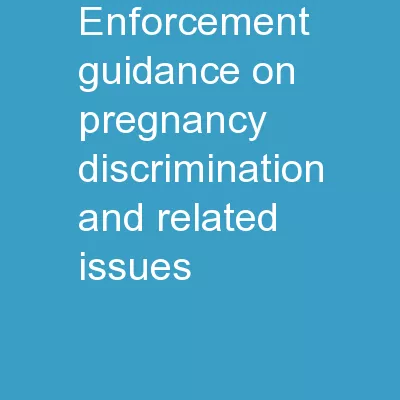PDF-This is the third guidance note in a fourpart series of notes related
Author : naomi | Published Date : 2021-09-28
InterAction with 31nancial support from the Rockefeller Foundation The other notes in this series are Introduction to Impact Evaluation Linking Monitoring Evaluation
Presentation Embed Code
Download Presentation
Download Presentation The PPT/PDF document "This is the third guidance note in a fou..." is the property of its rightful owner. Permission is granted to download and print the materials on this website for personal, non-commercial use only, and to display it on your personal computer provided you do not modify the materials and that you retain all copyright notices contained in the materials. By downloading content from our website, you accept the terms of this agreement.
This is the third guidance note in a fourpart series of notes related: Transcript
Download Rules Of Document
"This is the third guidance note in a fourpart series of notes related"The content belongs to its owner. You may download and print it for personal use, without modification, and keep all copyright notices. By downloading, you agree to these terms.
Related Documents














